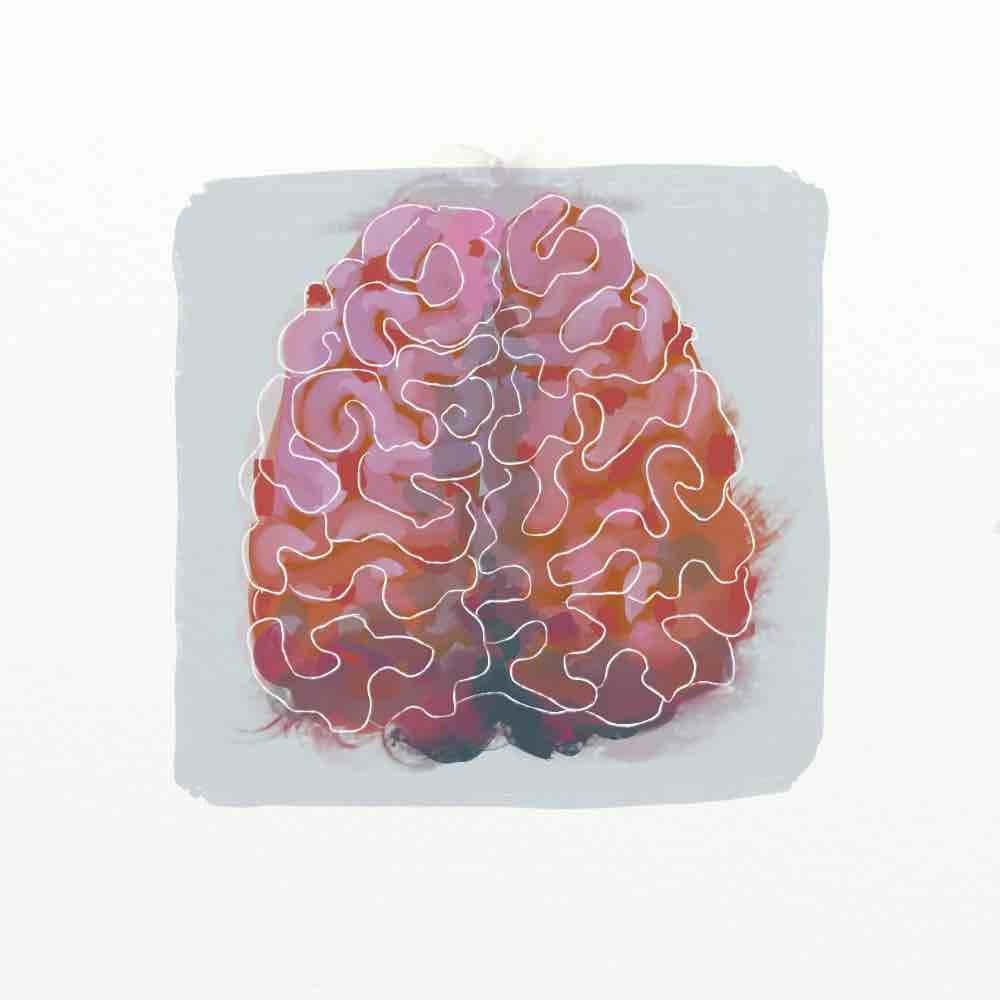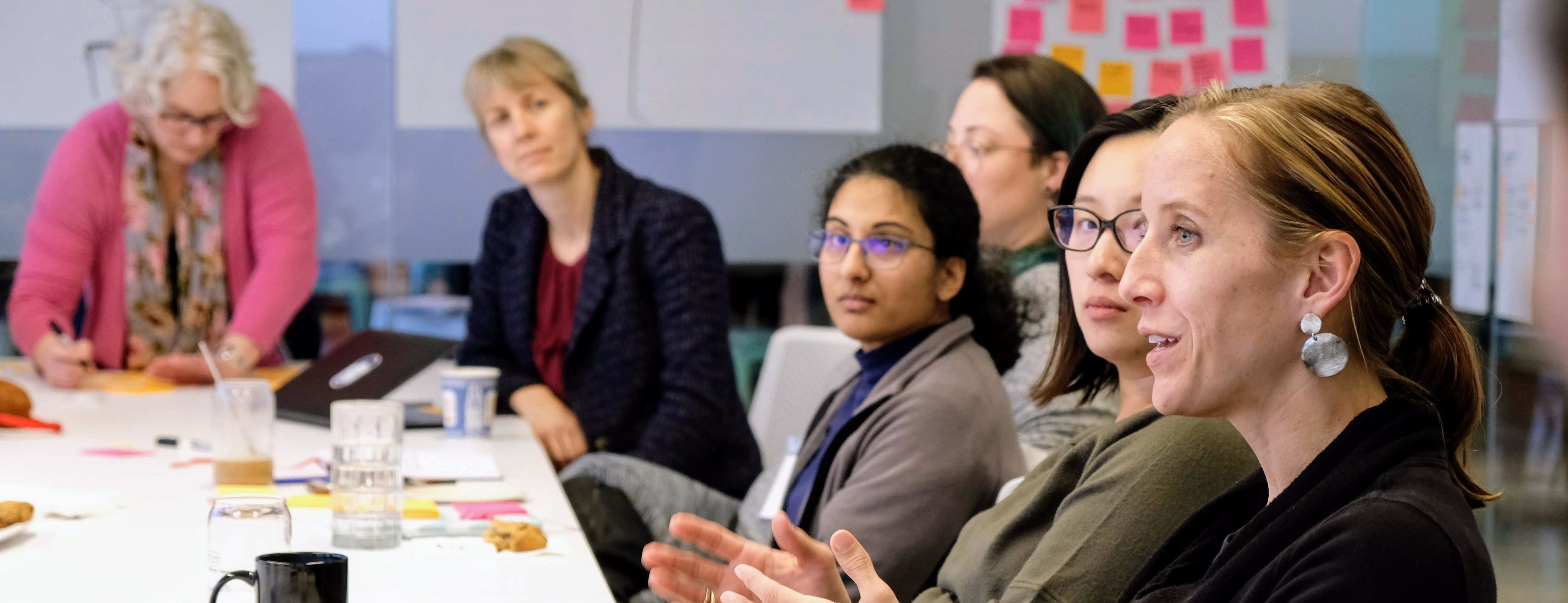
Image: Research director Sarah Alvarado shares her thoughts in a workshop in Blink's Seattle studio.
Over 120 years ago, Frederick Taylor developed theories about work. Labeled “scientific management,” these ideas emerged as solutions to improve worker efficiency. In his approach to managing labor, he equated humans with the machines used for production.
Given the knowledge available at the time, Taylor didn’t realize how little humans had in common with the machines they used. Even though scientific management is not as popular as it was in the earlier days of the industrial revolution, the consistent push for efficiency and production from employees remains a dominant aspect of our work cultures. Work cultures still mostly fail to understand that the organic human brain works very differently from a machine — even one as complex as a computer.
"Learning to better use your brain will help you improve your performance and creativity”
A machine essentially has two settings: on and off. Many people reason that employees have the same two settings. Either they are working, or they are not. Most managers want to ensure their employees are clicked “on” during the workday, producing something tangible for every billable minute. There is an inherent problem with this consistent drive to work from the frame of the on-off switch. Simply, the human brain is not wired that way. Operating as if it were will deplete one’s energy and creativity.
There is a better way to work that takes into account an understanding of how the brain functions. The brain is organic, and like most of the biological world, it operates in cycles of work and rest. The ideal way for a brain to work is in a series of 90-minute focused cycles. Short breaks or switching across a variety of tasks keeps the brain operating at peak efficiency.

5 lessons to optimize your brain for creativity
Here are five simple lessons from psychology and scientific management to help you be your most creative and effective at work.
1. Brains in motion
Studies show the brain performs best in motion. You might have noticed that some of your best ideas emerge when you are exercising. For most of human history, people spent their days in motion. Movement is the default setting for our brains. Yet most of us do sedentary work eight hours a day at a desk or in front of a computer screen. As a result, both our health and our creativity have suffered.
Lesson: Taking time to exercise and move your body is important to ensure work quality and creativity.
2. Brains asleep
Many of us believe productivity and success coincide with the number of hours we work. There’s a consistent push to spend more time working. Have you noticed how much people take pride in the few hours they sleep and the long hours they work? This aspect of our culture contributes negatively to our well-being and productivity.
In fact, sleep is a critical part of creativity and strategic innovation. Research has demonstrated that workers who get fewer than seven to eight hours of sleep a night make more mistakes and have fewer creative ideas — and worse, they have very poor judgment about the quality of the work they are producing. The way the brain works during sleep helps unlock difficult problems of work. It is far more effective than burning the midnight oil in frustration.
Read More: "Burning The Midnight Oil: Why It Made Me Less Productive" by Karen Clark Cole on Forbes
Lesson: It is vital to get a good night's sleep every night so that you are able to come to work fully charged.
3. The “aha” principle
Have you ever had a great idea while showering or jogging? While it might seem counterintuitive, “mindless” activity actually opens up the neural networks of the brain in entirely different ways compared with focused activity. A period of rest, walking, drawing, meditation, or hitting golf balls might be what you need to unlock the big idea for a project.
Especially during crisis points, such as an impending deadline, it is tempting to fall into the trap of working long hours under intense pressure. It is clear from everything we know from our study of worker productivity and creativity that this practice is likely to produce the lowest-quality product. The overemphasis on efficiency and time management has eradicated mindless time under the false assumption that it is not productive — once again illustrating our misunderstanding of how we do our best work.
Lesson: Taking time for “mindless” activities is not a waste of time. Make sure you give yourself regular breaks for just letting your mind wander.
4. Multitasking
Many work environments extol the virtues of multitasking. From an efficiency perspective, who wouldn’t want an employee who can competently perform four tasks at once? However, our brains are unable to process more than one thing at a time. Multitasking entails rapidly switching our attention, which takes a physiological toil. Every time the brain needs to switch from one item to another, it burns energy as it fills in the gaps that were missed during the period of inattention. The more often we switch from item to item, the more energy we burn, leading to a decrease in performance. Some studies have suggested we use as much as 25% of our daily energy simply in the switching.
Lesson: Try to eliminate as many interruptions as possible in your day. Turn off notifications and go to a quiet place to do "heads-down" work.
5. Small changes
Ultimately, these aspects just scratch the surface of how we use our brains. The challenge is to begin to think about how you are using your most important work and life tool: your brain. Think about making one or two small changes in your daily routine to better improve the quality of your life, relationships, and work. Examples might include taking breaks every 90 minutes to walk around the office, adding 20 minutes of cardio to your daily routine, or making sure to not check your email before bed to ensure better sleep health.
These small changes don’t take a lot of time but could make a big difference in your well-being.
Curious about working better at Blink?
Explore our About page to see open positions and get in touch.



